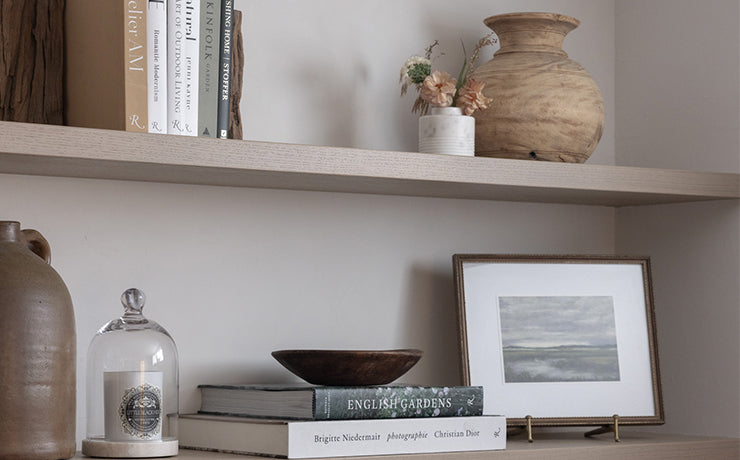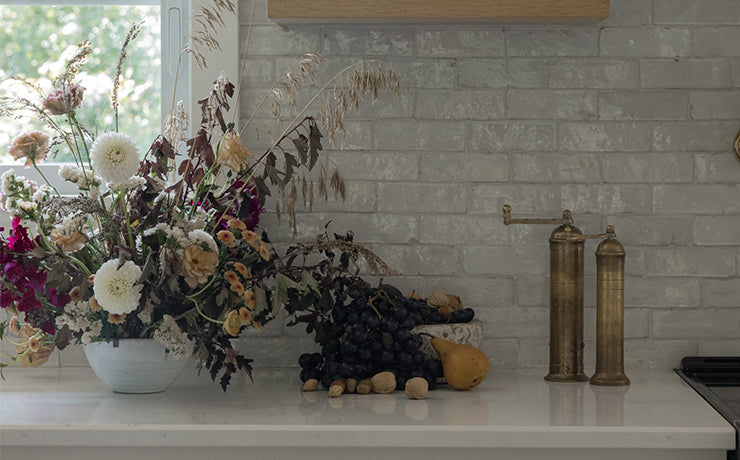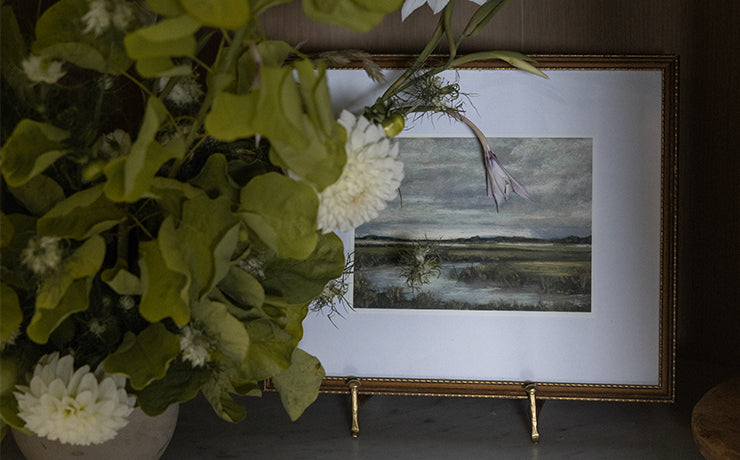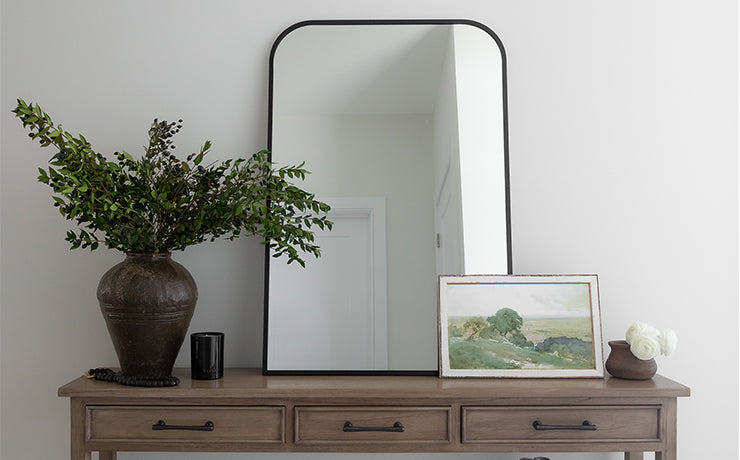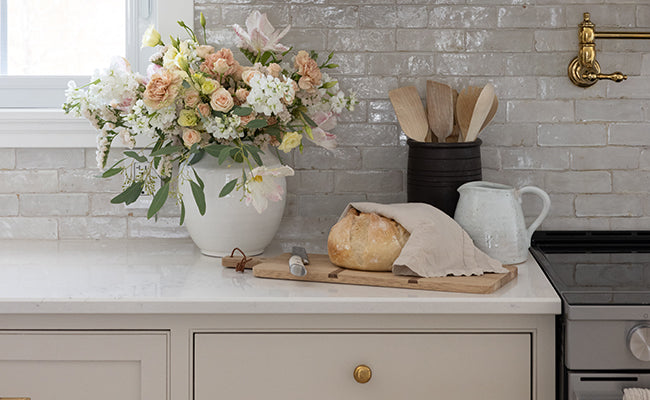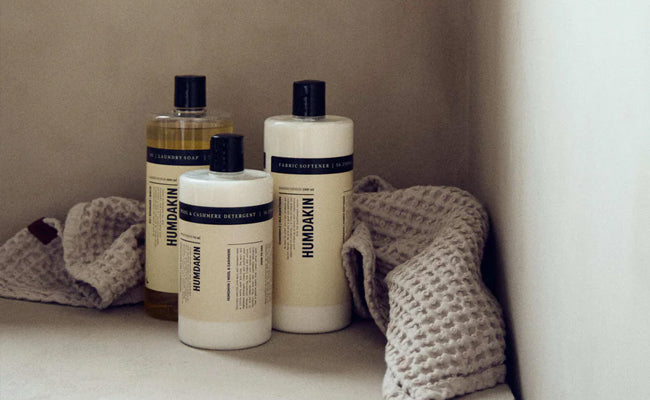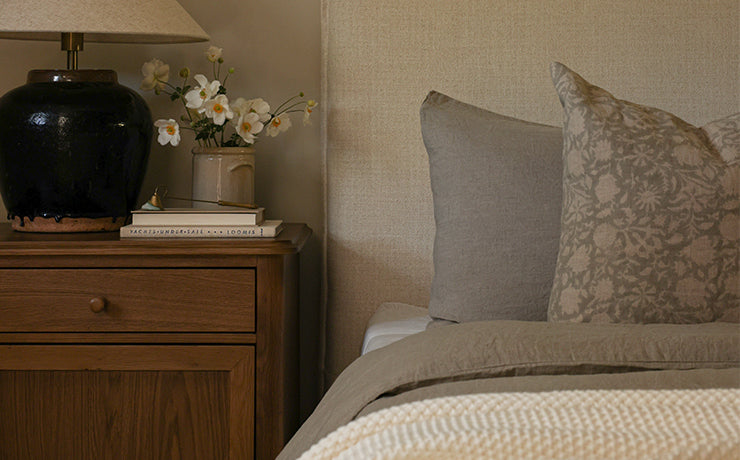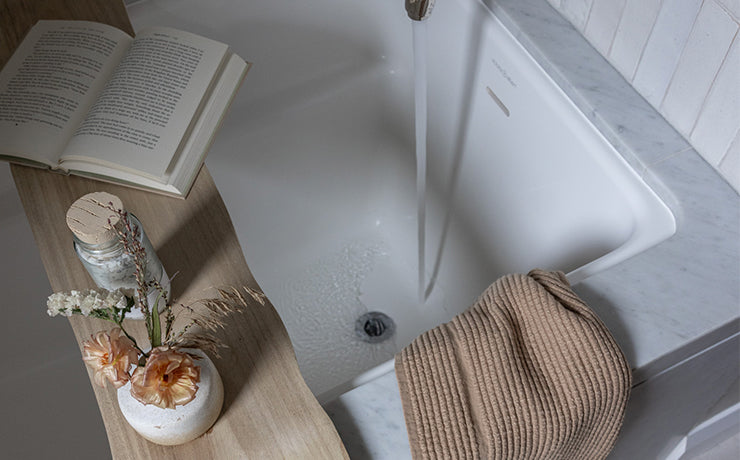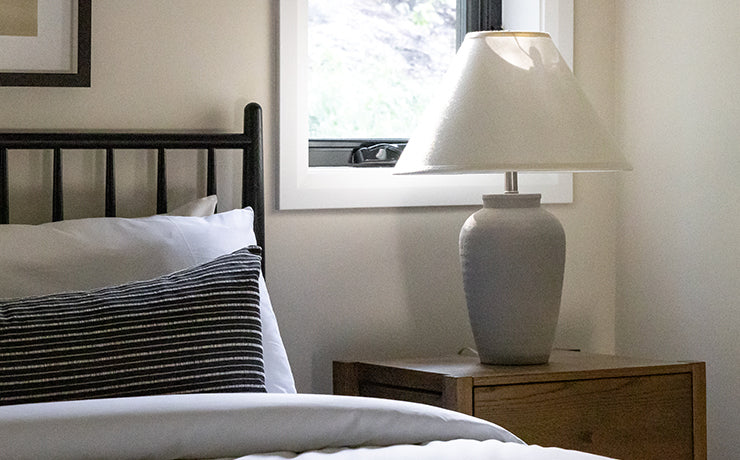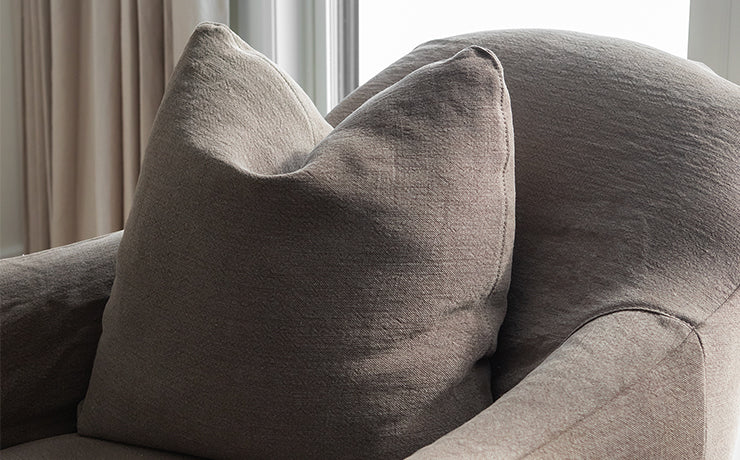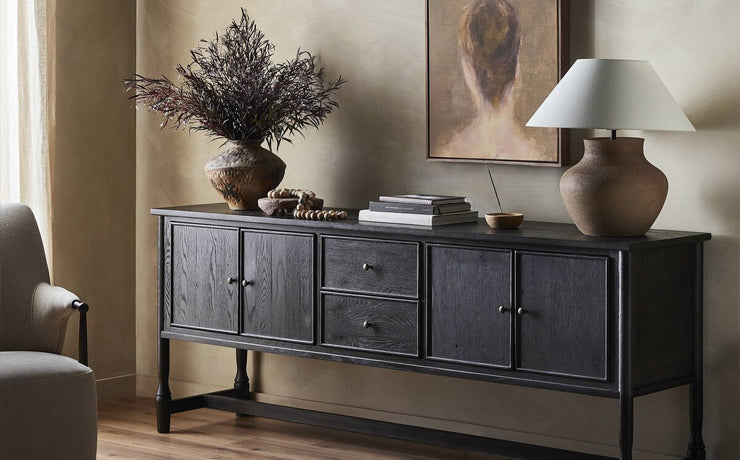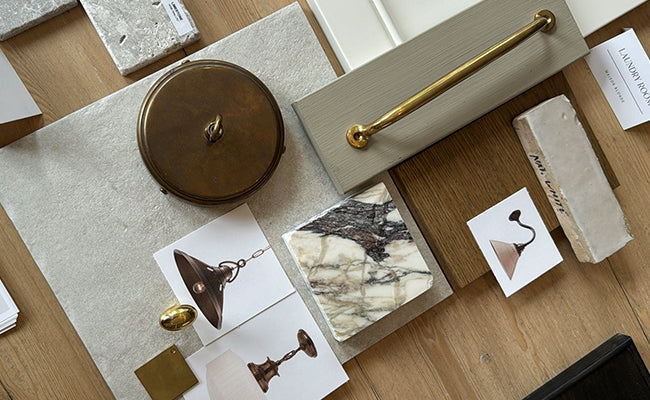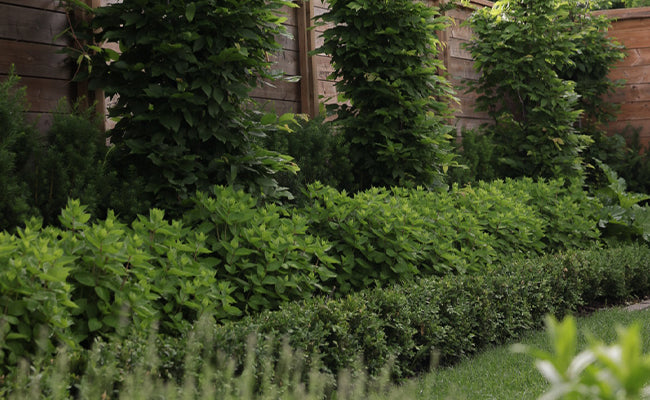Fabric Care Guide
FABRIC CLEANING CODES
S – Spot clean with a water-free, dry-cleaning solvent only. Pre-test a small, inconspicuous area first. Do not over saturate. Do not use water. Cushion covers should not be removed and dry-cleaned as this may cause fabric coulor to fade. To prevent overall soiling, frequently vacuum or lightly brush with a non-metallic, stiff bristle brush to remove dust and grime. When cleaning a spill, blot immediately to remove spilled material. Clean stains from the outside of the affected area, moving toward the center, to prevent the stain from migrating outward. Pile fabrics may require brushing gently with a non-metallic, stiff bristle brush to restore appearance.
W/S or S/W – Spot clean with upholstery shampoo, foam from a mild detergent, or a mild dry-cleaning solvent. Pre-test a small, inconspicuous area for color bleeding, fading or color transfer. Do not over saturate. Use a professional upholstery cleaning service for overall soiling.
X – Clean only by vacuuming or light brushing with a non-metallic brush. Do not use water or dry-cleaning solvents. Consult a professional upholstery cleaner.
W - Spot clean only with water-based shampoo or foam upholstery cleaner. Pre-test a small, inconspicuous area for color bleeding, fading or color transfer. Do not over saturate. Use professional upholstery cleaning service for overall soiling.
LEATHER CARE
A monthly wiping with a warm and gently damp cloth will prevent your body oils and dust from creating a buildup. As easy as it sounds, this maintenance is key to prolonging the life of your leather furniture.
Do not use saddle soap oils, abrasive cleaners, soaps, furniture polish, varnish, or ammonia-based products. The leather has already been permanently preserved in the tanning process and does not need any other maintenance than the simple cleaning that is recommended.
In the case of deep cleaning or conditioning, you should use leather-specific cleaners and conditioners. These products are specially designed for this purpose and will not affect the structure of the leather. This is recommended two to three times a year.
WASHABLE FABRICS
SPOT CLEANING - Dilute a mild detergent in distilled water. With a clean white cloth, blot the stained area, working from the outside of the stain inward, to prevent stain from expanding. Do not rub as this may damage the fabric. Repeat this step to make sure all soap is removed, as any remaining cleaning solutions will attract dirt for future stains and may leave a water mark area that can appear to be a stain.
MACHINE WASHING - Only SLIPCOVERS in WASHABLE fabrics can be cleaned in a washing machine. Slipcovers have surged and double loop lock stitching on seams to prevent unraveling when washed. Fabrics that are not washable may shrink, fade, or be damaged if washed. Be sure to wash all parts of the slipcover to maintain even coulor and wear.
VACUUM ALL UPHOLSTERY REGULARLY: Use an upholstery brush attachment and apply light pressure. Do not use electric beater bar attachment or place the vacuum nozzle directly on the fabric as this may damage the fabric.
SLIPCOVERS
Even if you have a washable slipcover, you may want to have it professionally dry cleaned. Should you choose to wash your slipcover, please follow these instructions:
We suggest that you run the washer through a wash cycle empty before washing your slipcover - just to be sure it is free of detergent, bleach, or any other impurities that may stain the slipcover.
We also suggest that you wash the entire slipcover. Washing only select parts may result in colour variations that may occur during washing.
Do not overload your washer. Separate the slipcover into two loads, washing the body cover in the first load and the cushion covers in the second load.
Make sure that the zippers are closed on the pillow and cushion covers to prevent damage when washing.
Use the gentle cycle on your washing machine. Use cold water and mild detergent. Do not use a detergent with bleach or a bleach additive.
Remove the slipcover immediately at the end of the cycle. While air-drying is always preferred, you can use the dryer on the NO HEAT setting. Tumble dry until the slipcovers are just lightly damp. Putting the covers back on while they're still slightly damp ensures they will dry to fit.


